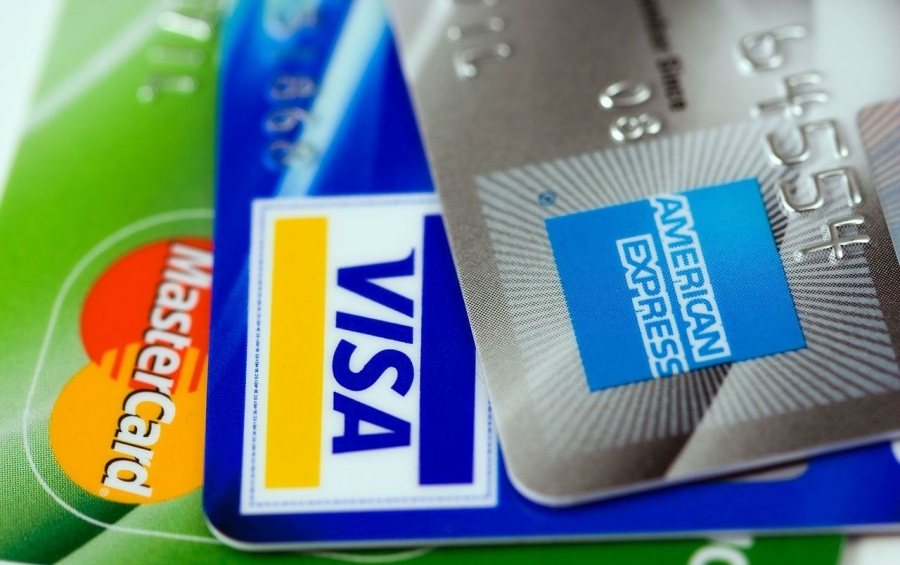One of the more important functions a mortgage lender performs is determining affordability. Primarily, this is accomplished by comparing monthly credit obligations with gross monthly income. Dividing debt by income results in a percentage, or a ratio. Debt ratios fall into two basic categories, a housing ratio and a total debt ratio. The housing ratio is the total monthly mortgage payment which includes the principal and interest payment and a monthly allotment for property taxes and insurance. Mortgage insurance is also figured into this number when needed.
Debt ratios are typically not hard and fast rules, although some loan programs do prescribe a maximum debt ratio in order to qualify for the loan program. If for example the recommended housing ratio is 33, then a house payment or $3,300 would be 33% of a gross monthly income of $10,000. If a total debt ratio is 43, then the housing payment of $3,300 plus other obligations are included to arrive at that number.
What types of debt are included in the total debt ratio? Pretty much anything that appears on a credit report, for starters. These other obligations include credit cards, student loans and auto loans. However, when these debts are paid off to a zero balance, mortgage lenders treat such a move differently depending upon the type of debt.
Most debts fall into either an installment or revolving category. With an installment loan, the monthly payments are set each month and do not change throughout the life of the loan. When the loan is paid off, the monthly amounts are no longer considered in the debt ratio calculation. Further, if there are less than 10 months remaining on an installment account, lenders can ignore the amount when calculating debt ratios knowing the monthly payments will soon vanish. When a car loan is paid off there are no monthly payments and the owner keeps the car.
Revolving debt on the other hand is treated differently. Revolving debt is where the balance can rise and fall when credit is used and when payments are made. Your credit card is a classic example of revolving debt. You can charge something on your credit card and next month make begin making payments. The credit report will show the current minimum monthly payment along with the balance and credit limit. With a revolving account, an account balance might indicate the loan would soon be paid off by just making the minimum monthly payments. Yet lenders will not ignore this account like they would with an installment loan. A lender realizes that even if a card were paid down to a nearly zero balance, the consumers could charge that card right back up again the very next day.
Consumers can pay down monthly debt in order to help qualify for most loan programs. However, when the balance is paid down, it might take up to 30 days for the new balance to be reported to the credit agencies. The consumer would have to keep a paper trail of the payments and new balance and work with the lender or credit agency directly to update the report with the new information.
by David Reed




